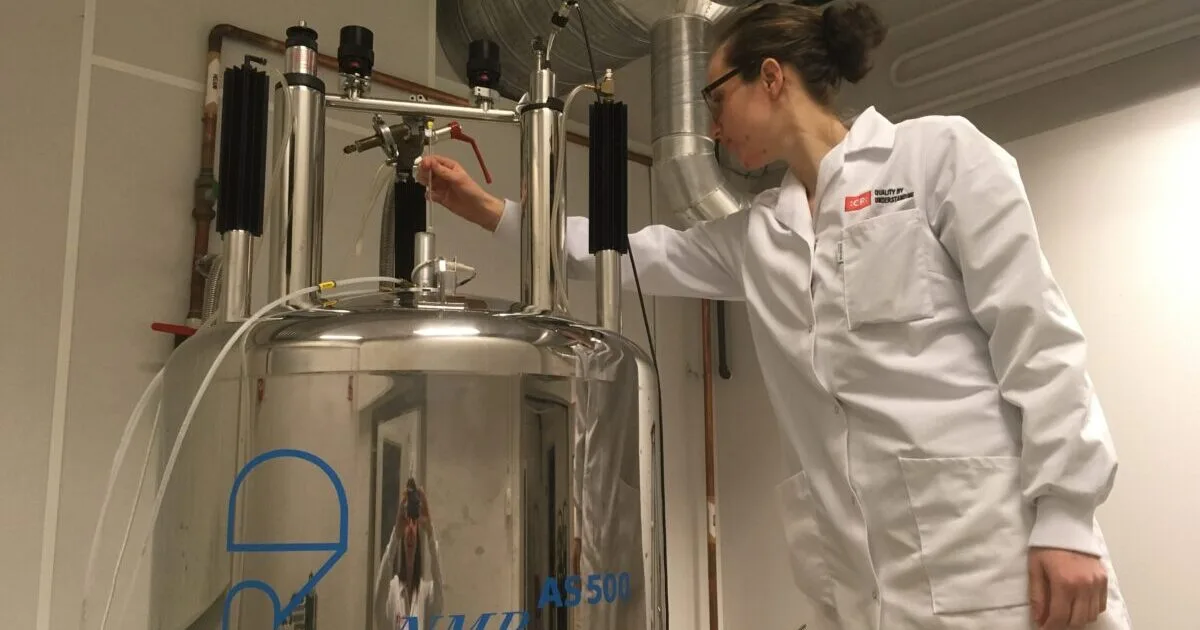NMR techniques are based on the magnetic properties of certain atomic nuclei, most commonly used is 1H, 13C and 31P. Organic chemists mostly use NMR spectroscopy (one- or two-dimensional) where the chemical shifts provide detailed information about molecular structure. We also use this to study stability of active compounds and key ingredients in various formulations.
One particularly useful NMR technique is called Quadropolar splitting, and through this it is possible to distinguish between different liquid crystalline phases and thus it is often used in combination with Small Angle X-ray Scattering, SAXS to study self-aggregating systems.
Methods based on NMR diffusion allows the measurement of the self-diffusion coefficient. The self-diffusion coefficient is related to the hydrodynamic properties of the species studied and these in turn are very useful to determine for example; aggregation states of macromolecules, peptide-protein binding, critical micelle concentrations of surfactants etc.
Last but not least, we use solid state NMR to follow the mobility of molecules a solid matrix or the fluid components in an apparently solid-like state. Examples of this is the more fluid lipids and proteins in hydrated stratum corneum or polymer grafts bound to surfaces for modification of their characteristics.
A white paper, is being written and will be found here soon…
We do have an Application note on the usefulness of ssNMR to study skin!




